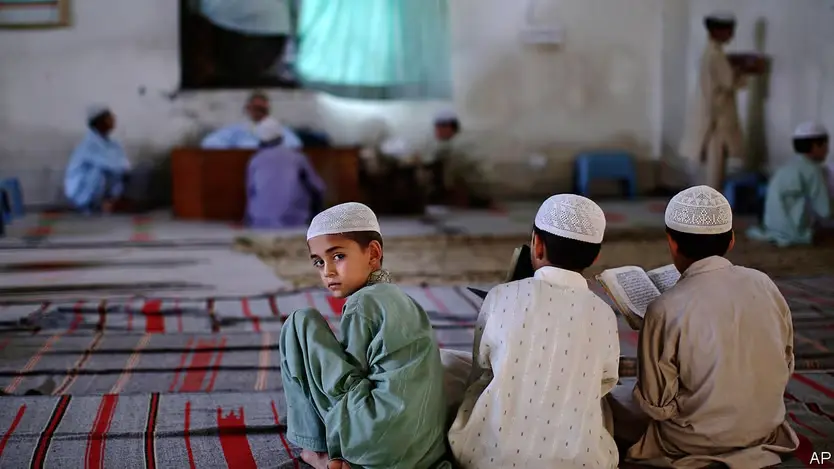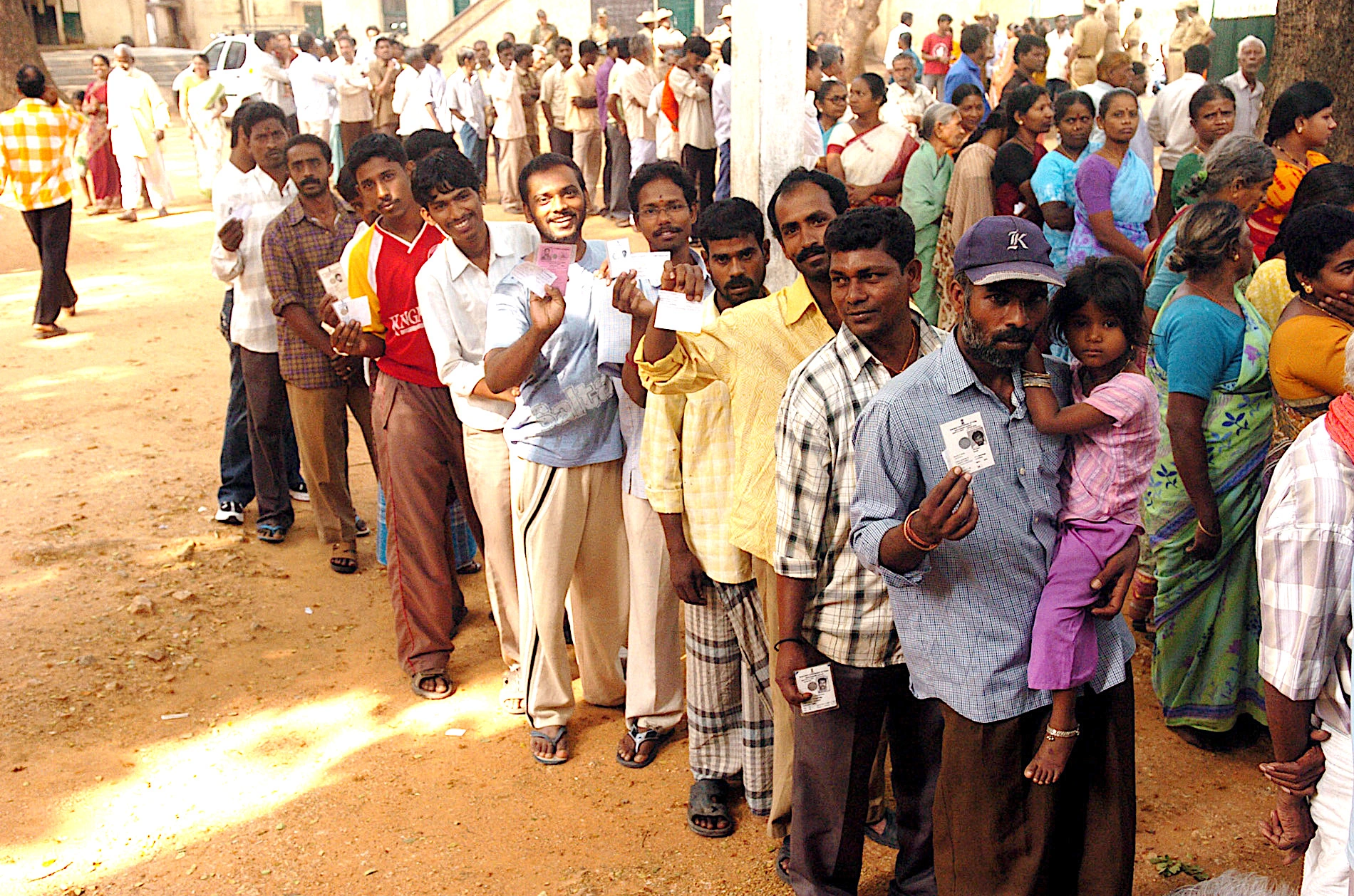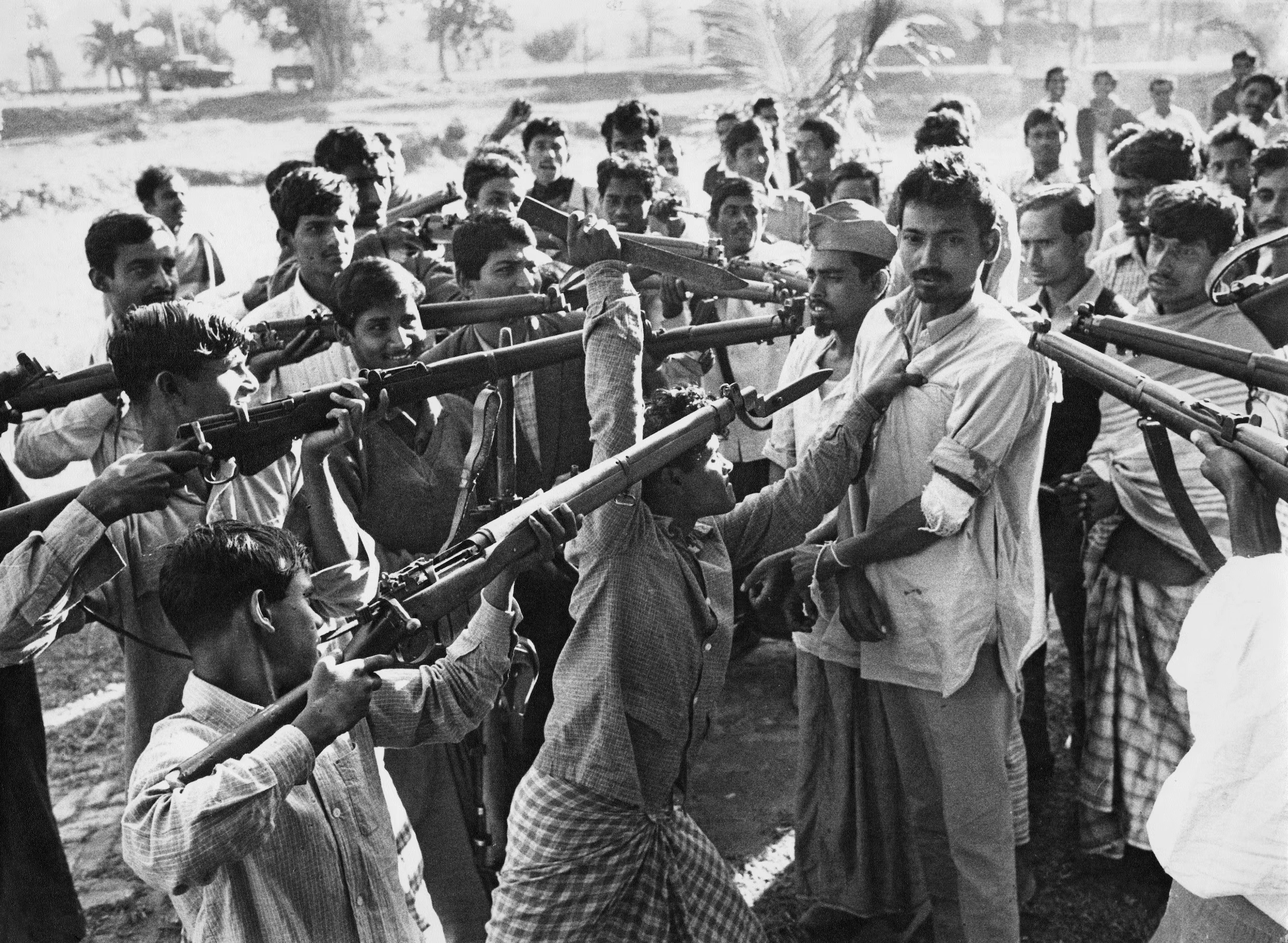As Pakistan is to celebrate Independence Day on August 14th, it’s an opportunity to reflect on the contrasting realities within the contested region of Jammu and Kashmir. The difference between Azad Jammu and Kashmir (AJK) and Illegally Indian Occupied Jammu and Kashmir (IIOJK) highlights how political control can shape people’s lives in very different ways.
In AJK, under Pakistan’s administration, there are noticeable improvements in education, healthcare, and infrastructure. These advancements reflect a certain level of stability and progress that many residents experience in their daily lives. However, across the border in IIOJK, people face ongoing challenges—ranging from political unrest and economic difficulties to serious human rights issues. The harsh conditions in IIOJK contrast sharply with the relative stability in AJK, highlighting the impact of differing political and administrative approaches. These differences set the stage for a closer examination of the demographics and living conditions in both regions.
Demographic Trends and Population Density
AJK, with a population of approximately 4.45 million, contrasts significantly with IIOJK’s 15.72 million. Despite its smaller population, AJK’s population density is notable, standing at 300 per square kilometer compared to IIOJK’s 245. This higher density in AJK can be attributed to its efficient use of available land and better urban planning. Moreover, AJK’s population growth rate of 2.41% is slightly lower than IIOJK’s 2.63%, indicating a stable demographic growth. This population management reflects Pakistan’s commitment to sustainable development and effective governance in AJK, contrasting with the challenges faced by IIOJK under the Indian administration.
Education System
One of the most striking differences between AJK and IIOJK is in their education systems. AJK boasts a literacy rate of 76.8%, which is significantly higher than IIOJK’s 67%. This reflects a more effective educational infrastructure in AJK, including a higher teacher-to-student ratio of 1:16.04 compared to IIOJK’s 1:44. AJK’s education sector is also distinguished by a lower dropout rate, with a school-pupil ratio of 1:89, much better than IIOJK’s 1:158. The availability of medical colleges (4) and universities (7) in AJK, although fewer in number compared to IIOJK’s 10 medical colleges and 13 universities, still reflects a well-developed educational framework supportive of higher education and professional training. This emphasis on education in AJK highlights Pakistan’s dedication to providing quality educational opportunities, while the lower literacy rates in IIOJK reflect the Indian government’s failure to address educational needs amidst ongoing conflict and oppressive policies.
Healthcare Services
AJK’s healthcare services are another area where it shows favorable performance compared to IIOJK. With 8 major hospitals and 275 Basic Health Units (BHUs), AJK’s healthcare infrastructure is comprehensive and well-distributed. In contrast, IIOJK, despite having a higher number of major hospitals (11), faces severe challenges in healthcare accessibility due to the region’s political instability and heavy curfews imposed by Indian authorities. The doctor-to-patient ratio in AJK stands at 1:4206, which is superior to IIOJK’s 1:1266, indicating a more balanced distribution of medical professionals in AJK.
In addition, AJK’s emphasis on healthcare infrastructure is evident from its significant number of medical staff (12,542) compared to IIOJK. These conditions reflect Pakistan’s commitment to improving healthcare in AJK, while the declining healthcare situation in IIOJK underscores the neglect and mismanagement by the Indian government amidst ongoing human rights violations and oppressive policies.
Economic Indicators
Economically, AJK shows a promising picture when compared to IIOJK. Despite a lower tax-to-GDP ratio of 7.77% compared to IIOJK’s 10.4%, AJK maintains a robust economic structure with a focus on local industry and agriculture. The poverty rate in AJK is lower (22%) compared to IIOJK’s 23.1%, reflecting a more effective poverty alleviation strategy. The average price of wheat flour in AJK is significantly lower (Rs 3,100) compared to IIOJK (Rs 3,950), indicating better control over food prices and economic stability in AJK. These economic indicators highlight Pakistan’s effective management of resources and commitment to economic stability in AJK, while the higher poverty rates and food prices in IIOJK reflect the economic difficulties exacerbated by Indian administrative neglect and the socio-economic impact of ongoing conflict and human rights abuses.
Electricity Production
A key strength of AJK lies in its energy sector, particularly in hydropower. AJK contributes 6.3% of its power generation from hydropower, a notable percentage compared to IIOJK’s 22%. Although IIOJK has a larger total power generation capacity, AJK’s focus on renewable energy highlights its commitment to sustainable development. This focus on hydropower aligns with AJK’s efforts to capitalize on its natural resources for local energy needs. The effective management of energy resources in AJK reflects Pakistan’s dedication to leveraging its natural resources, contrasting with IIOJK’s struggle to address energy needs amidst ongoing conflict and infrastructural challenges imposed by Indian policies.
Infrastructure Development
In terms of infrastructure, AJK demonstrates considerable advancement. With 350 km of highways and a road density of 0.66 km per square kilometer, AJK’s infrastructure is relatively well-developed compared to IIOJK’s 540 km of highways and 0.516 km of road density. The presence of seven major bridges in AJK further highlights its infrastructural development. Although IIOJK has more extensive public transport and railways, AJK’s infrastructure development is more targeted and effective in meeting local needs. This progress in infrastructure highlights Pakistan’s commitment to regional development in AJK, while the challenges faced by IIOJK in maintaining and improving infrastructure reflect the consequences of Indian administrative neglect and the adverse effects of ongoing curfews and human rights violations.
Political and Human Rights Context
The political and human rights situation in IIOJK contrasts sharply with the relatively stable conditions in AJK. In IIOJK, daily life is marked by severe restrictions, curfews, and a pervasive military presence. The Indian government’s draconian policies and ongoing conflict have led to widespread human rights violations, including arbitrary detentions, restrictions on freedom of movement, and suppression of dissent. The people of IIOJK live under constant surveillance and face significant challenges in accessing basic services, including education and healthcare. These conditions are a testament to the Indian government’s neglect and its oppressive approach towards the region, reflecting its broader pattern of marginalizing minorities within India.
In contrast, AJK benefits from a more stable and supportive governance structure. Pakistan’s commitment to the development and welfare of AJK is evident in the region’s advancements in education, healthcare, and infrastructure. This support is indicative of Pakistan’s dedication to improving the quality of life for its residents, in stark contrast to the hardships faced by those in IIOJK under Indian rule.
Challenges and Opportunities
AJK faces its share of challenges, including limitations in healthcare accessibility and infrastructure development. However, its achievements in education, economic stability, and energy production highlight its strengths. The education system in AJK is robust, with high literacy rates and effective teaching resources. The economic indicators suggest better management of resources and economic stability. The emphasis on hydropower aligns with global trends towards sustainable energy solutions. These successes are a testament to Pakistan’s ongoing commitment to the development and governance of AJK.
On the other hand, IIOJK faces ongoing challenges due to political instability, administrative issues, and heavy curfews. The oppressive policies and human rights violations inflicted by the Indian government have led to a deteriorating quality of life and significant socio-economic impacts. Despite having more resources, the effective management and accessibility of services in IIOJK are often compromised by the prevailing conflict and isolation imposed by Indian authorities. This has resulted in declining conditions and a significant impact on the quality of life for residents in IIOJK.
In summary, while IIOJK is a region of significant strategic and political importance, AJK demonstrates a commendable performance across various indicators. AJK’s superior education system, effective healthcare infrastructure, favorable economic conditions, and focus on sustainable energy highlight its strengths. The improvements and stability in AJK are a direct reflection of Pakistan’s commitment to its development and governance.
Conversely, the declining conditions in IIOJK underscore the Indian government’s negligence and the adverse effects of ongoing conflict, heavy curfews, and human rights abuses in the region. This comparative analysis underscores the achievements of AJK in providing a higher quality of life and a more stable socio-economic environment for its residents, contrasting with the challenges faced by IIOJK under Indian administration.
The views expressed in this article are the author’s own. They do not necessarily reflect the editorial policy of the South Asia Times.

![Jammu & Kashmir: The Neelam River flows between Pakistan and India administered Kashmir in Teetwal [Reuters].](https://southasiatimes.org/wp-content/uploads/2024/08/2022-08-12T101952Z_138878240_RC2WSV9LQZ6K_RTRMADP_3_INDIA-PAKISTAN-INDEPENDENCEDAY.webp)





